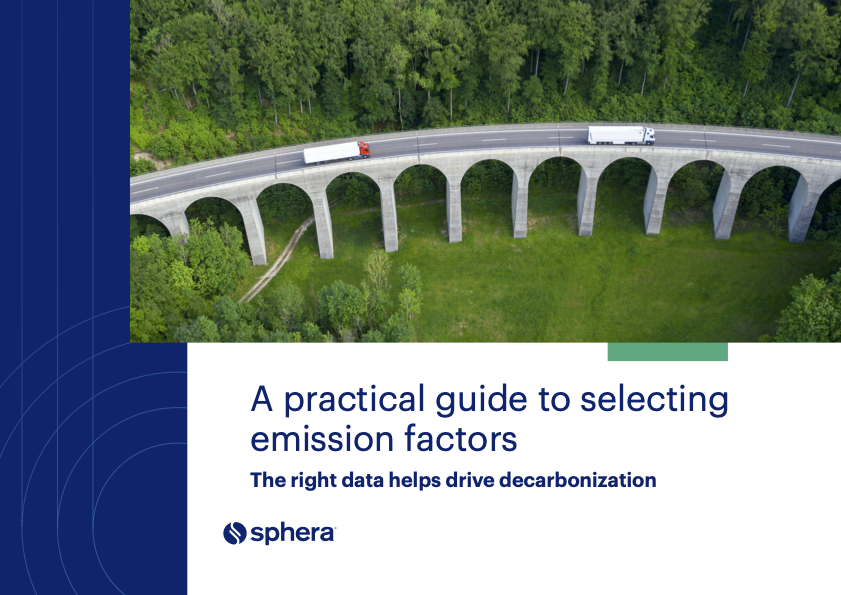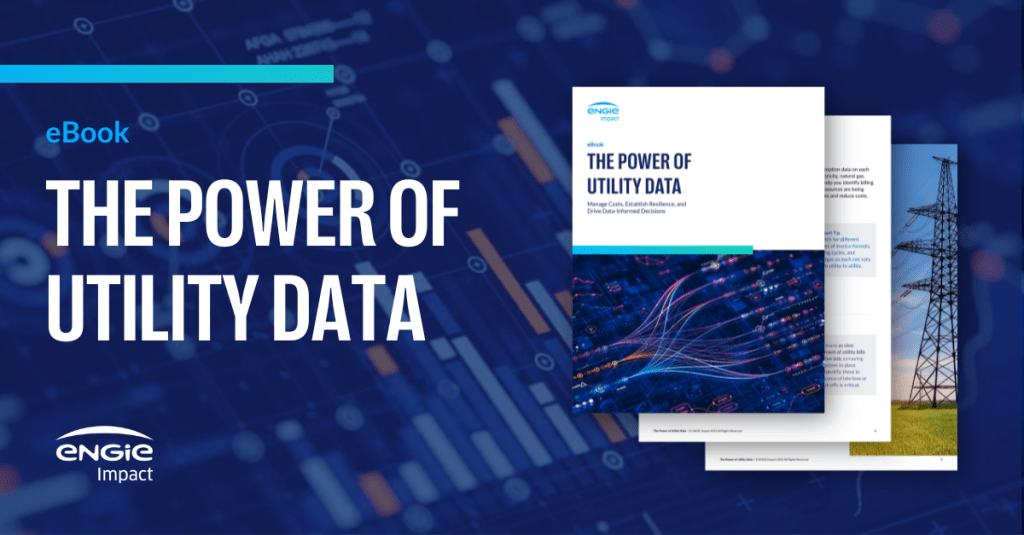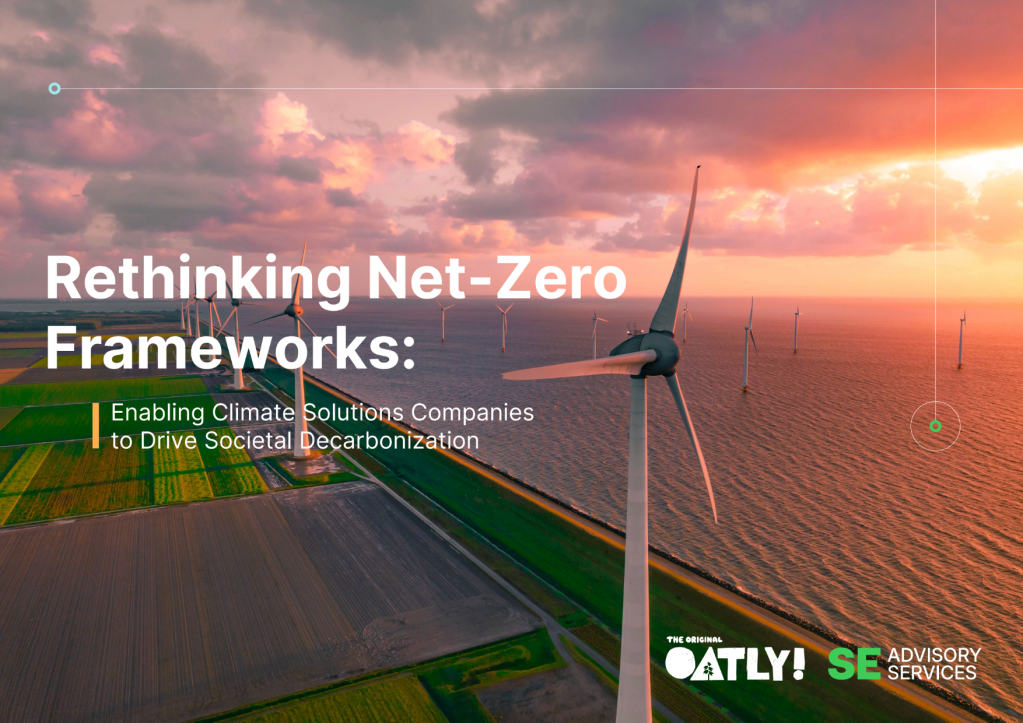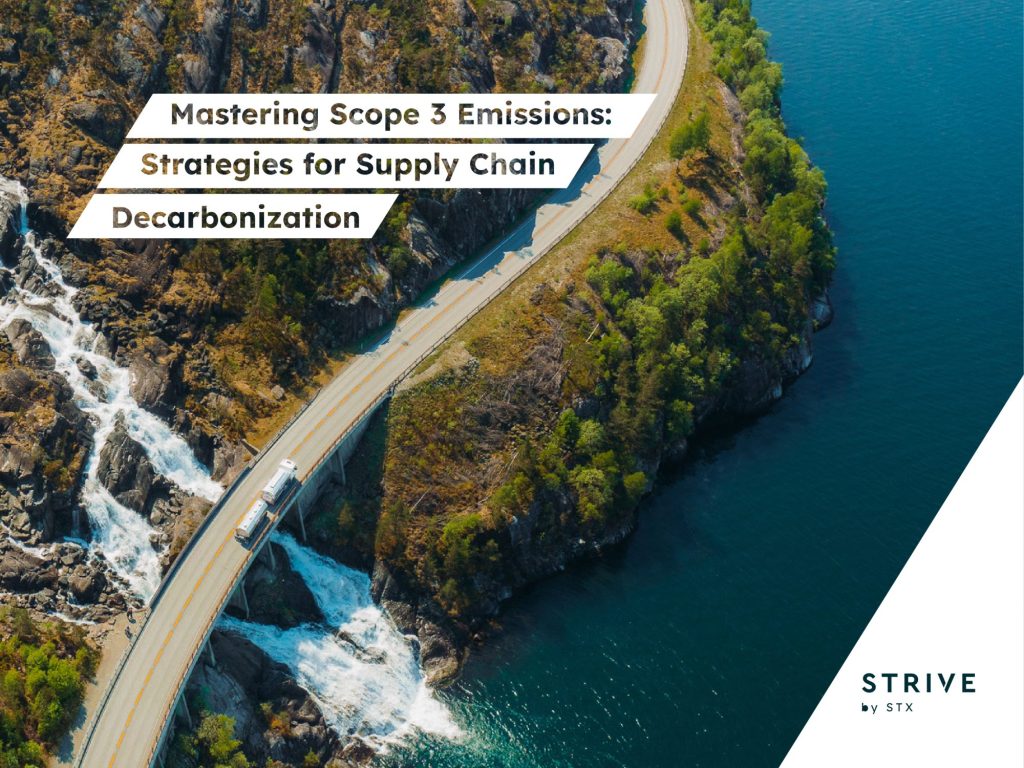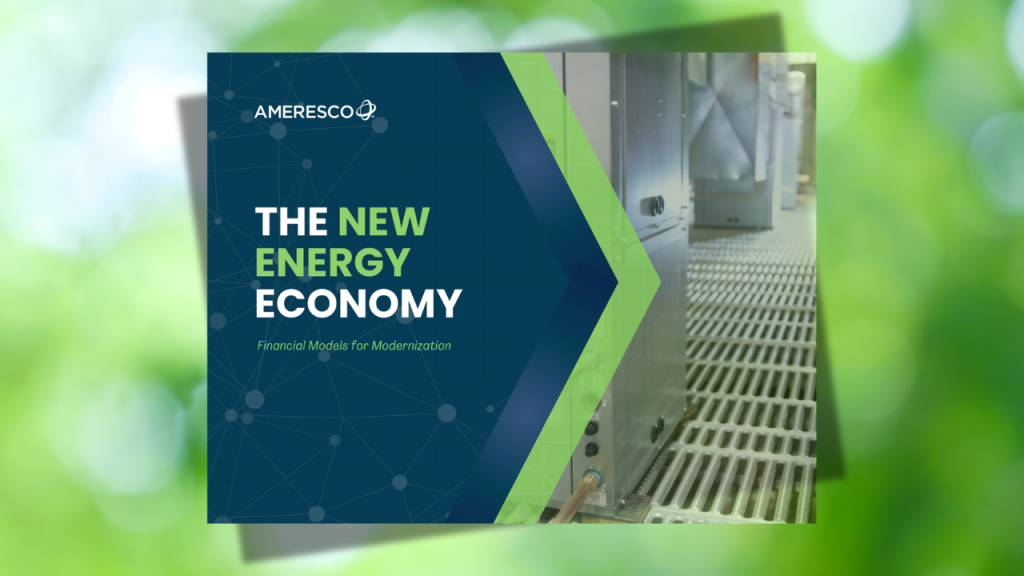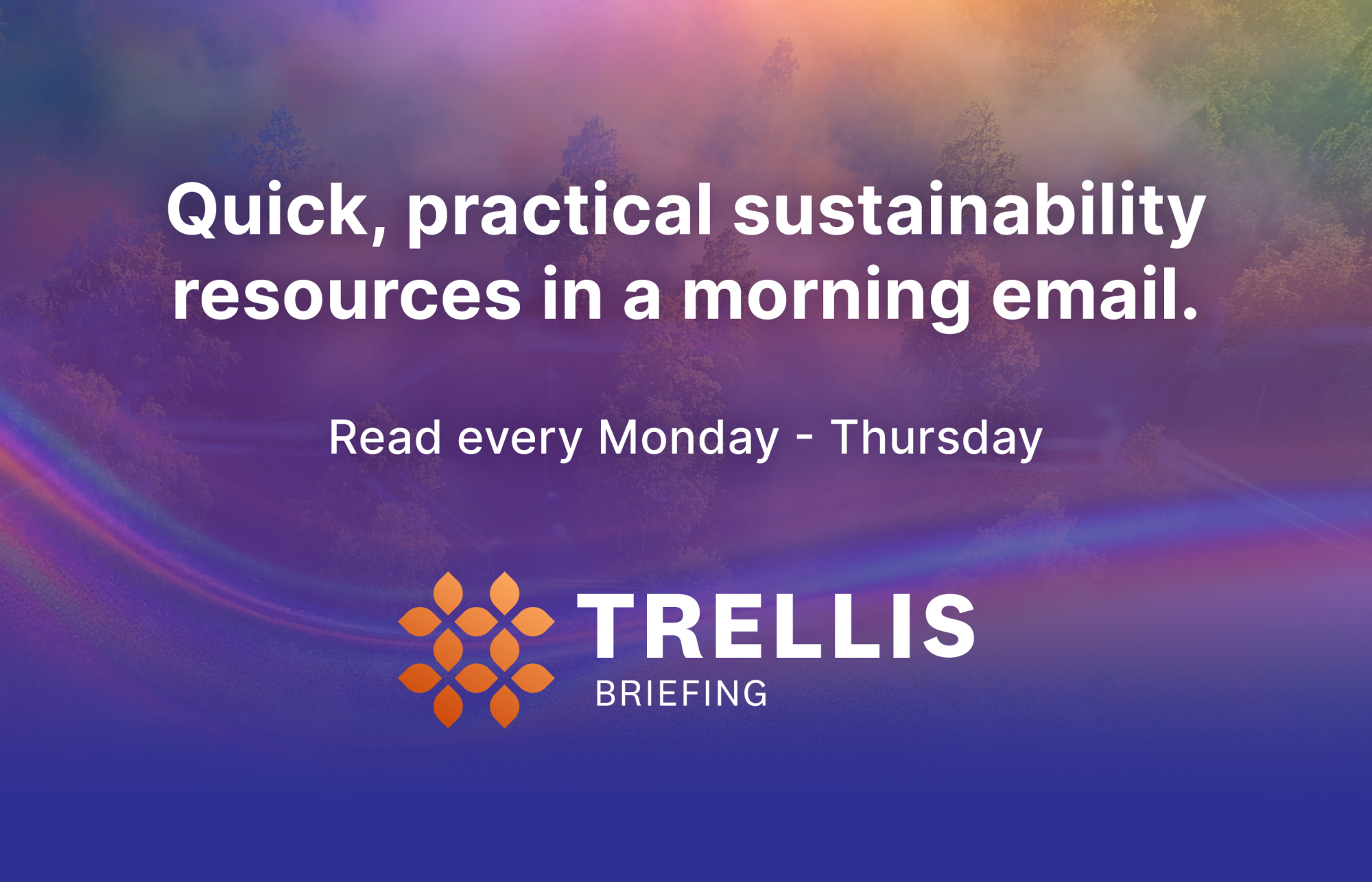A cheat sheet on the GOP budget law and Trump’s latest shot at solar and wind
Geothermal, clean hydrogen, nuclear and fuel cells still qualify for tax breaks, but anyone wanting to use commercial EV credits must act fast. Read More
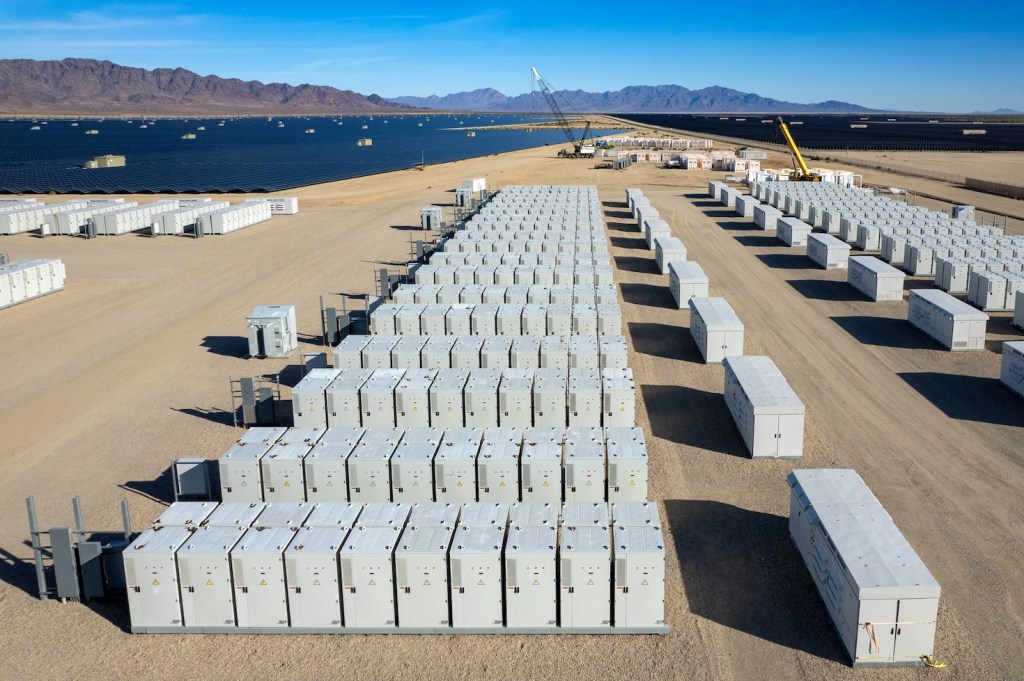
- An executive order issued July 7 puts more pressure on solar and wind projects.
- There are new incentives for fuel cells installed after 2025.
- Also new: standardized tiers for carbon sequestration and direct air capture installations.
The U.S. budget reconciliation bill spared some tax incentives for solar and wind plants and carbon capture projects, but the rules have changed dramatically and a new executive order published July 7 will make it harder to qualify for credits.
The new spending law enacted July 4, a.k.a. One Big Beautiful Bill Act, retains existing production and investment tax incentives for solar and wind projects but only if construction begins by July 2026 and the facility is in service by the end of 2027. That’s eight years earlier than what was allowed under the Inflation Reduction Act.
The law also tightens restrictions against using materials acquired from certain “foreign entities of concern,” particularly China. It requires projects to increase the proportion of equipment and technology that isn’t tied to those countries, starting in January 2026 and ramping quickly over the next four years.
The tougher domestic content requirements (also called “material assistance”) apply across all of the revised incentives and vary depending on the type of technology. “The question isn’t who this will affect, it’s who will this not affect,” said Astrika Adams, an environmental attorney with law firm Beveridge and Diamond. “We are looking at a very different marketplace here.”
President Donald Trump’s related mandate, “Ending Market Distorting Subsidies for Unreliable, Foreign Controlled Energy Sources,” aims to make qualification even tougher for solar and wind developers. It was written to appease hardline House Republicans unhappy with Senate rewrites that spared some tougher cuts for solar and wind projects.
Expect more rule changes
The executive order requires the U.S. Treasury to issue guidance by late August to “build upon and strengthen the repeal of, and modifications to, wind, solar and other ‘green’ energy tax credits.” It also asks the Department of the Interior to review policies for putting energy projects on federal land to make sure they don’t provide “preferential treatment” to wind and solar installations.
The net effect: It will become more complicated for developers to claim incentives, as Trump has promised. “It’s a signal to the solar and wind project developers that there likely will be more bad news,” said Adams. “There will be a higher burden that they will have to overcome.”
Corporations investing in renewable procurement and carbon removal projects have been bracing for these changes for months, and are already looking for ways to keep them alive with far less federal funding. “The market is still strong and valid,” Adams said. “There are still viable pathways out there for some of these projects.”
A real positive: The final bill preserves a provision that allows project developers to transfer or sell credits, which is important for attracting corporate buyers and other financing.
What else is buried in the new law
Bad news for EV buyers
The new law eliminates one-time incentives of $7,000 and $4,000 for purchases of new and used electric vehicles, respectively, as of Sept. 30. A commercial version of this credit (45W) that supported larger vehicles such as electric buses or semi-trucks with credits of up to $40,000 was also killed.
Reprieves for battery storage, geothermal, hydro, hydrogen, nuclear
Emissions-free electricity sources, as well as batteries that can address power demand spikes or stabilize the electric grid, still qualify for 30 percent construction credits set up under the production tax and investment tax credits in the Inflation Reduction Act. The phaseouts vary depending on the technology type — generally the mid-2030s — but the final bill is generally kinder to these advanced sources than the original House version. Clean hydrogen projects are still eligible for incentives, but only if they’re in operation by Dec. 31, 2027. (Details are outlined in the 48C, 48E, 48U and 48Y sections of the U.S tax code.)
Surprise money for fuel cells
Fuel cell installations, previously excluded from the investment tax credit, are now eligible for consideration. The law applies to projects placed in service after 2025.
Standardized credit values for carbon capture projects
The 45Q tax code, which covers carbon capture and storage projects, used to offer tiered credits depending on the type of technology used. The new law standardizes the credit at $17 per metric ton for carbon capture and storage and $26 per ton for direct air capture. The change is meant to favor approaches where the captured gas is used for industrial application or enhanced oil and natural gas recovery.
Mixed news for sustainable aviation fuels
Section 45Z of the new law extends Clean Fuel Production Credit by two years through Dec. 31, 2029, which affects sustainable aviation fuel. There are some caveats, however. The value of the credit was cut from $1.75 per gallon to $1 per gallon. The credit applies only to fuel made with feedstock from Canada, Mexico or the U.S., and it can no longer be bundled with other incentives.

Subscribe to Trellis Briefing
Featured Reports

The Premier Event for Sustainable Business Leaders







